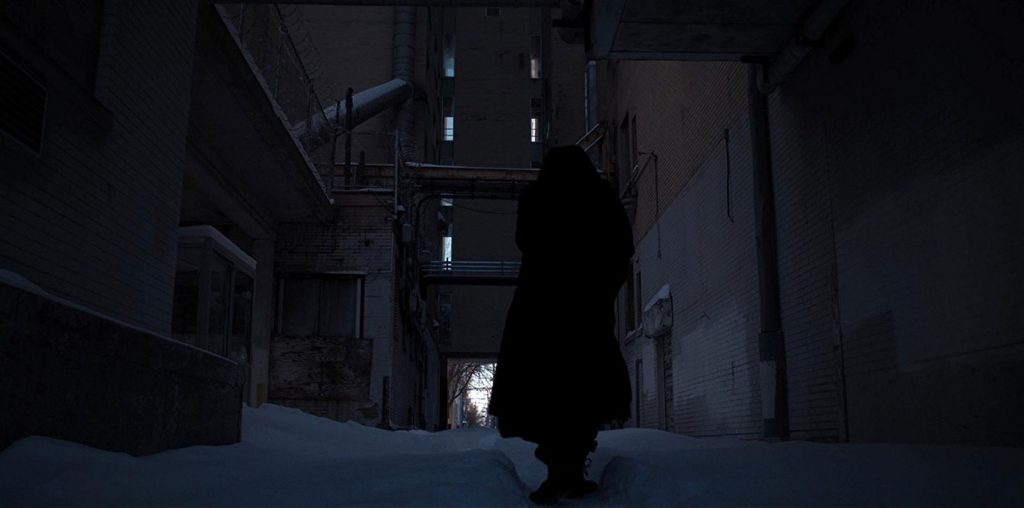
The sport of competitive rope jumping (or rope skipping, as it was originally called) was started by an ex-football player named Richard Cendali in the early 1970s, who developed various tricks to liven up his workouts and was soon teaching them to his phys ed kids and then across the country. Parallel to Cendali’s efforts, a New York City cop by the name of David Walker founded the National Double Dutch League (double-dutch being the act of two people holding the rope while one or more people jump simultaneously). They held their first competition in 1974. Cendali approached Walker about merging their two organizations, but Walker declined.
“Doubletime” tells the story of the first historic link-up between the Double Dutch League and USA Jump Rope. The former represented by South Carolina’s (primarily black) Double Dutch Forces, the latter by the (primarily white) Bouncing Bulldogs from Chapel Hill, North Carolina. By winning their individual leagues, each team wins the right to compete at the national championships held at the Apollo Theater in Harlem. The catch? Each will be competing for the first time in “fusion” double-dutch, which combines hip-hop music and dance with jumping rope. “Doubletime,” The feature debut of director Stephanie Johnes, follows each team as they prepare, train, and worry in the three months they have before the competition.
Naturally, we meet the coaches and several members of the teams along the way. There’s Erica – the Bulldogs’ 11-year old phenom, Antoine – the flamboyant leader of the Forces, and many more. Johnes does a fine job getting one and all to talk about what drew them to the sport in the first place and why they continue to participate. She also – without much editorial comment – examines how the teams’ different racial make-ups affect their preparations. Of particular interest is the way in which the members in the minority on each team interact with their fellows.
Whatever your views of jumping rope as a sport (can we all at least agree it’s more athletic than stock car racing?), some of the things these kids do with a couple feet of rope are nothing short of remarkable. The rapid, gravity-defying choreographed routines we see on screen are light years away from the “Ice cream, ice cream / Cherry on top” crap you used to do on the playground.
And wait ‘til you see the Japanese teams.
“Doubletime” is a solid effort. In her engaging and well-paced documentary, Johnes really helps us get to know these kids and makes it impossible not to feel excitement when they step out on stage.
